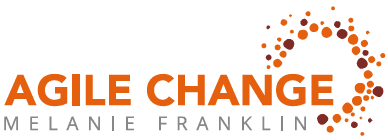I had training on a new platform scheduled with my team for Friday afternoon, and as the week progressed I moved from concerned I wouldn’t have the time to angry I had put so much into my schedule and therefore angry about having to attend the training.
Before the session, I applied positivity to ensure I would get the most out of my session by instructing my brain to look for the positives. I was applying the “affect heuristic” where our brains make decisions based on the emotions surrounding the situation.
I listed every benefit of the training so that as we started work, my brain would spot all of these advantages and point them out to me. This is an unconscious process, we don’t know it is happening but effectively our brains our nudging us and whispering loudly, “look, isn’t that brilliant, this training was a great idea!”
The things I told my brain to look for were:
My brain delivered!
How would I have felt if I hadn’t told my brain to focus on the positives? Would my anger at “wasting my time on training” have blinded me to all the good stuff?
Yes, I would have withdrawn my effort, tried to do my emails at the same time as being on the course and got little or no learning from the session.
Telling my brain what to look for makes it far more likely it will find what it has been told to. With very little effort, we are creating a self-fulfilling phropecy.
